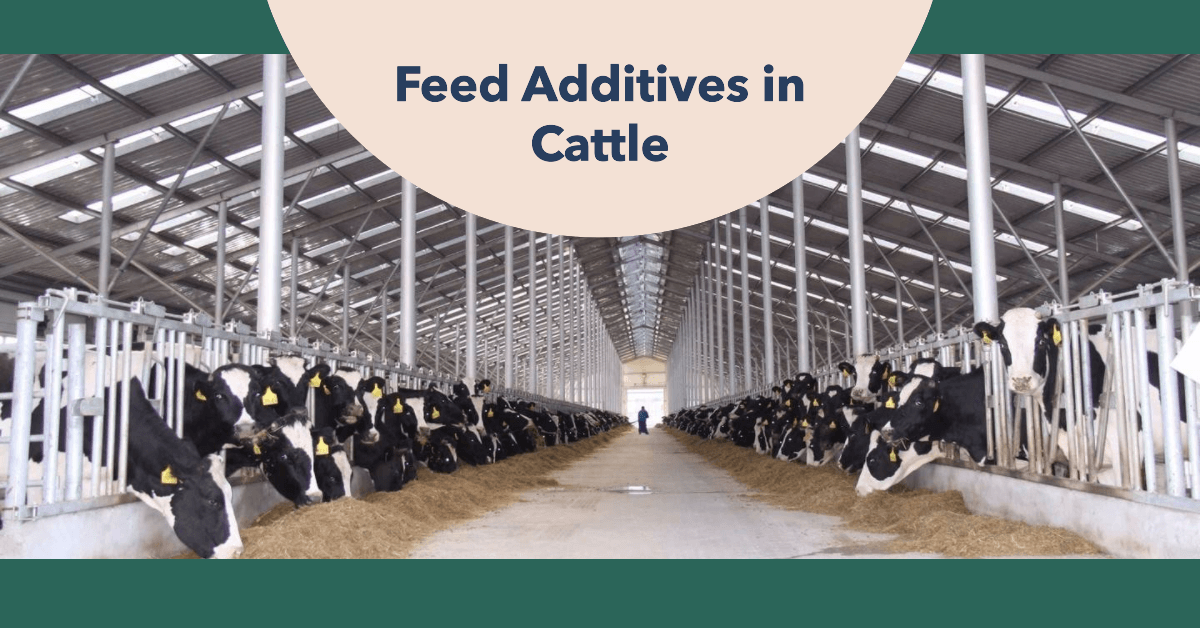
Feed additives play a crucial role in cattle nutrition. They are non-nutritive substances added to animal feed to enhance the health, growth, and productivity of cattle. These additives are essential in modern cattle farming due to the increased demand for meat and dairy products.
The global demand for meat and dairy products has been on the rise, and cattle farmers need to ensure that their animals are healthy and productive. Feed additives such as L-Lysine HCL, Brewer's yeast, and Choline Chloride are used to enhance the nutritional value of animal feed, thus supporting the growth and productivity of cattle.
| Type of Feed Additive | Function/Benefits | Potential Risks/Challenges |
|---|---|---|
| Antibiotics | Prevent and treat bacterial infections | Development of antibiotic-resistant bacteria; residues in meat and milk |
| Hormones | Promote growth, weight gain, and milk production | Hormone residues in meat and milk; disruption of endocrine system in humans and wildlife |
| Probiotics | Enhance gut health, digestion, and immune support | Strain-specific effects; stability and viability of probiotics in feed |
| Enzymes | Improve digestibility, enhance nutrient utilization | Optimal enzyme selection for specific feedstuffs; heat sensitivity and stability in feed processing |
| Vitamins and Minerals | Support various physiological processes, maintain overall health and productivity | Proper supplementation levels; toxicity due to over-supplementation |
Probiotics, such as Pangoo Cow A, have been shown to improve gut health and support the immune system in cattle. However, challenges such as strain-specific effects and the stability of probiotics in feed can make their use more complex.
Vitamins and minerals, such as dicalcium phosphate and Choline Chloride, are essential for supporting various physiological processes and maintaining the overall health and productivity of cattle. However, determining the proper supplementation levels and avoiding toxicity due to over-supplementation can be challenging.
Alternative approaches to using traditional feed additives include precision feeding, which involves targeted supplementation based on individual needs, reducing the overuse of feed additives. Natural feed additives, such as allicin garlicin and feed yeast, can also be used as alternatives to traditional additives. Future perspectives include stricter guidelines for antibiotic and hormone use and ensuring the safety and efficacy of novel additives.
In conclusion, feed additives play a crucial role in modern cattle nutrition. They enhance health, growth, and productivity while addressing the increased demand for meat and dairy products. However, the use of certain feed additives raises concerns and potential risks that must be balanced against their benefits. Alternative approaches, such as precision feeding and natural feed additives, offer promising solutions. Continuous research and innovation in feed additives, precision feeding, and monitoring systems are essential for responsible and sustainable livestock management. Ultimately, it is crucial to ensure the welfare and health of cattle, minimize environmental impact, and meet consumer demands for safe, high-quality meat and dairy products.
Four types of feed additives include antibiotics, hormones, probiotics, and enzymes. These additives help improve cattle health, growth, and productivity.
Eight feed additives encompass antibiotics, hormones, probiotics, enzymes, vitamins, minerals, phytogenic additives, and algae/seaweed-derived supplements. These additives serve various purposes in promoting cattle health and performance.
Six types of feed additives include antibiotics, hormones, probiotics, enzymes, vitamins, and minerals. Each of these additives plays a specific role in enhancing cattle health, growth, and productivity.
A feed additive for calves is a substance added to their feed to improve their health, growth, and overall performance. Examples include probiotics for gut health, vitamins and minerals for proper development, and enzymes for better nutrient absorption.